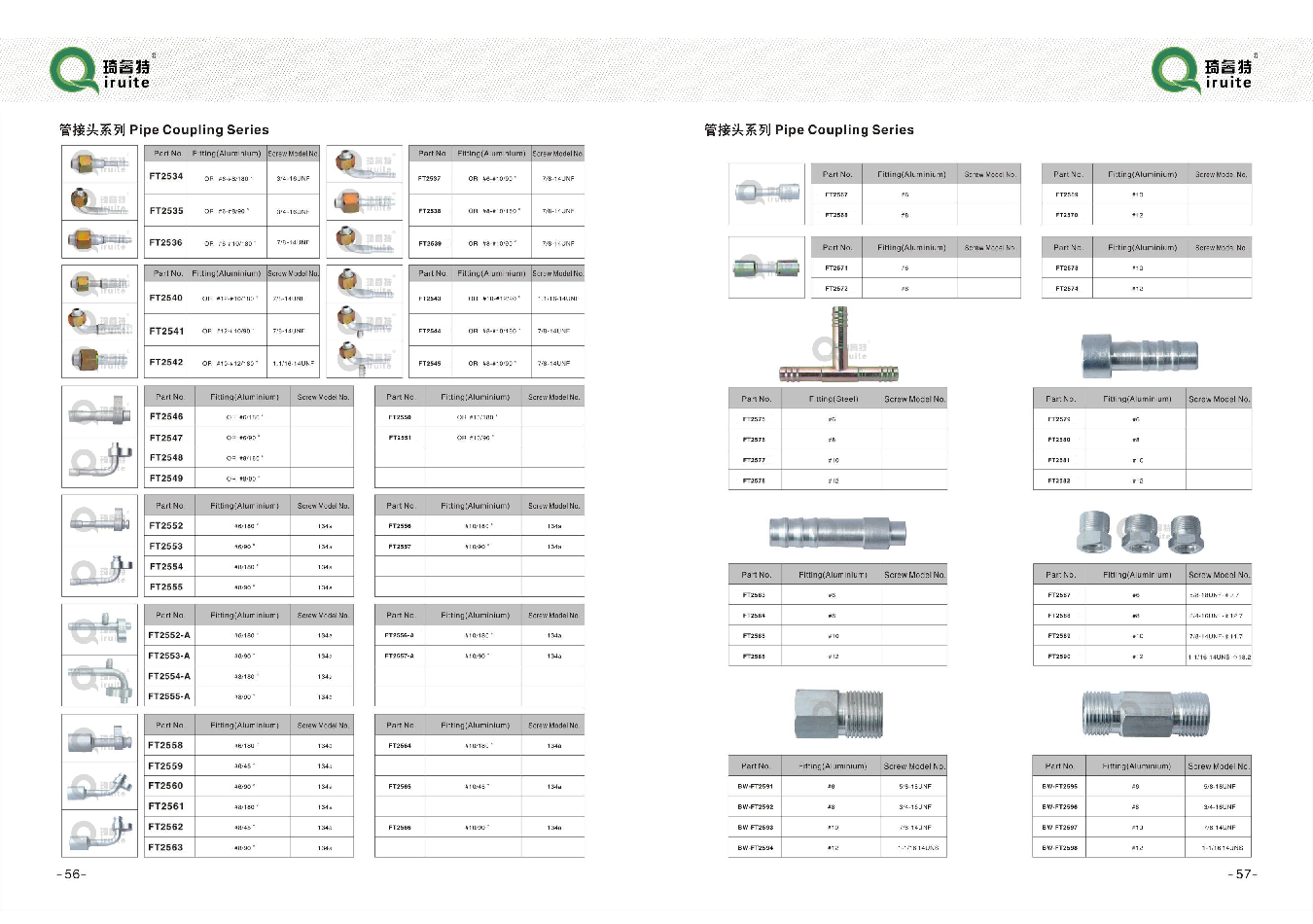Identifying the Causes and Solutions for Leaky Power Steering Hose Issues in Vehicles
Understanding Leaky Power Steering Hoses Causes, Effects, and Solutions
Power steering systems play a crucial role in enhancing the driving experience by reducing the effort needed to steer a vehicle. Central to this system is the power steering hose, which carries the hydraulic fluid necessary for power assistance. However, a common issue many car owners face is a leaky power steering hose. In this article, we will explore the causes, effects, and potential solutions related to this problem.
Causes of Leaky Power Steering Hoses
Leaky power steering hoses can stem from various sources. One of the most common causes is wear and tear due to age. Over time, the rubber material of the hoses can degrade, becoming brittle and developing cracks. This is especially prevalent in regions with extreme temperatures, where heat can cause the rubber to harden and cold can make it more susceptible to fractures.
Another factor that may contribute to the deterioration of power steering hoses is exposure to fluids. Oil or coolant leaks from nearby components can corrode the rubber, leading to premature failure. Additionally, improper installation or installation of substandard parts can result in weak points that are more likely to develop leaks.
Lastly, pressure spikes in the power steering system, often caused by heavy steering maneuvers or mechanical failure, can create stress on the hoses. If the pressure exceeds the hose's limits, it may lead to ruptures or leaks.
Effects of a Leaky Power Steering Hose
leaky power steering hose

The ramifications of a leaky power steering hose can be both immediate and long-term. Initially, drivers may notice a decrease in power steering fluid levels, which can affect steering performance. As the fluid leaks out, steering becomes more difficult, particularly at low speeds or when parking. This not only poses inconvenience but also makes driving less safe, as the driver must exert more effort while steering.
Furthermore, a leaky power steering hose can lead to more severe consequences if left unaddressed. The loss of fluid can cause the power steering pump to work harder in an attempt to maintain pressure, potentially leading to its failure. A failed pump can be costly to replace. Additionally, if leaks are not identified quickly, the escaping fluid can create a hazardous driving environment, as the oil slick can make roads slippery.
Solutions and Preventive Measures
Addressing a leaky power steering hose requires prompt action. The first step is to identify the source of the leak, which can often be found by inspecting the hoses for visible cracks or punctures. If you notice a problem, replacing the hose is typically the most effective solution. Depending on the make and model of the vehicle, this can be a simple or complicated task, so consulting a professional mechanic is often advisable.
Preventive maintenance is key to avoiding future leaks. Regularly inspecting the power steering system and replacing worn hoses before they fail can save significant time and money. Drivers should also ensure the power steering fluid is at the correct level and change it as recommended by the vehicle manufacturer. Keeping the system clean and free of contaminants will also help extend the lifespan of the hoses.
In conclusion, while a leaky power steering hose is a common issue that many drivers encounter, understanding its causes, effects, and solutions can mitigate its impact on your driving experience. Regular maintenance and timely repairs are crucial in maintaining not just the power steering system, but overall vehicle safety and performance. Always consult with a trusted mechanic to ensure that your vehicle remains in optimal condition and to enhance longevity on the road.
-
Ultimate Spiral Protection for Hoses & CablesNewsJun.26,2025
-
The Ultimate Quick-Connect Solutions for Every NeedNewsJun.26,2025
-
SAE J1401 Brake Hose: Reliable Choice for Safe BrakingNewsJun.26,2025
-
Reliable J2064 A/C Hoses for Real-World Cooling NeedsNewsJun.26,2025
-
Heavy-Duty Sewer Jetting Hoses Built to LastNewsJun.26,2025
-
Fix Power Steering Tube Leaks Fast – Durable & Affordable SolutionNewsJun.26,2025

